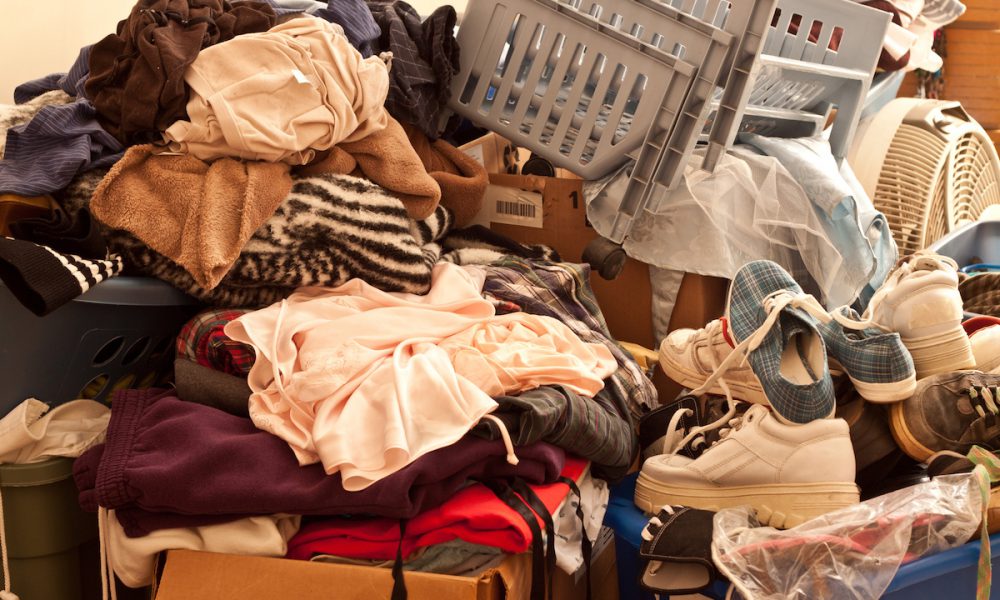
Do you know someone in your home or a family member that has an excessive accumulation of items, regardless of their actual value?
“Hoarding often creates such cramped living conditions that homes may be filled to capacity, with only narrow pathways winding through stacks of clutter. Countertops, sinks, stoves, desks, stairways and virtually all other surfaces are usually piled with stuff. And when there’s no more room inside, the clutter may spread to the garage, vehicles, yard and other storage facilities,” explains Mayo Clinic.
People that have a hoarding disorder usually save items because:
- They believe these items are unique or will be needed at some point in the future
- The items have important emotional significance — serving as a reminder of happier times or representing beloved people or pets
- They feel safer when surrounded by the things they save
- They don’t want to waste anything
Mayo Clinic reports that “hoarding disorder is different from collecting. People who have collections, such as stamps or model cars, deliberately search out specific items, categorize them and carefully display their collections. Although collections can be large, they aren’t usually cluttered and they don’t cause the distress and impairments that are part of hoarding disorder”.
“Their compulsive hoarding causes their mental, emotional, physical, and financial health to dwindle. Hoarding is considered an offshoot of Obsessive Compulsive Disorder (OCD), but recently this categorization is being reevaluated. It’s estimated that about one in four people with OCD also are compulsive hoarders,” states Psychology Today.
Symptoms
Here are generally recognized symptoms of hoarding as described by the Mayo Clinic:
- Cluttered living spaces
- Inability to discard items
- Keeping stacks of newspapers, magazines, or junk mail
- Moving items from one pile to another without discarding anything
- Acquiring unneeded or seemingly useless items, including trash
- Difficulty managing daily activities, procrastinating and trouble making decisions
- Difficulty organizing items
- Perfectionism
- Excessive attachment to possessions and discomfort letting others touch or borrow possessions
- Limited or no social interactions
“Remember that hoarding stems from a mental disorder. Hoarding may be present on its own or as a symptom of another disorder. Those most often associated with hoarding are obsessive-compulsive personality disorder (OCPD), obsessive-compulsive disorder (OCD), attention-deficit / hyperactivity disorder (ADHD), and depression,” according to ADAA.
Clean Up Process
Hoarding clean-up is a BIG job and you need a lot of help to achieve the desired result of reclaiming your organized and clean home.
Here are some tips to help you get the job accomplished:
- Assess the situation
- Put together a cleaning strategy
- Get needed supplies
- Sort hoarded items into 4 categories: keep, sell, donate or trash
- Clean and reclaim your home
To save time and get the much-needed help, consider contacting an experienced junk removal company to get a quote on the haul away service and/or using the dumpster rental.
Junk Buddy serves Pinellas County, Tampa and New Port Richey and we will provide a free, no-obligation on-site estimate. When you call us, our friendly customer service can give you a rough estimate of prices based on your information you provide, but it’s our truck team who will provide an accurate quote when they arrive. You can book online or call us at 877-910-5865. Sit back and relax while our truck team handles the hard work and hauls your junk away.
